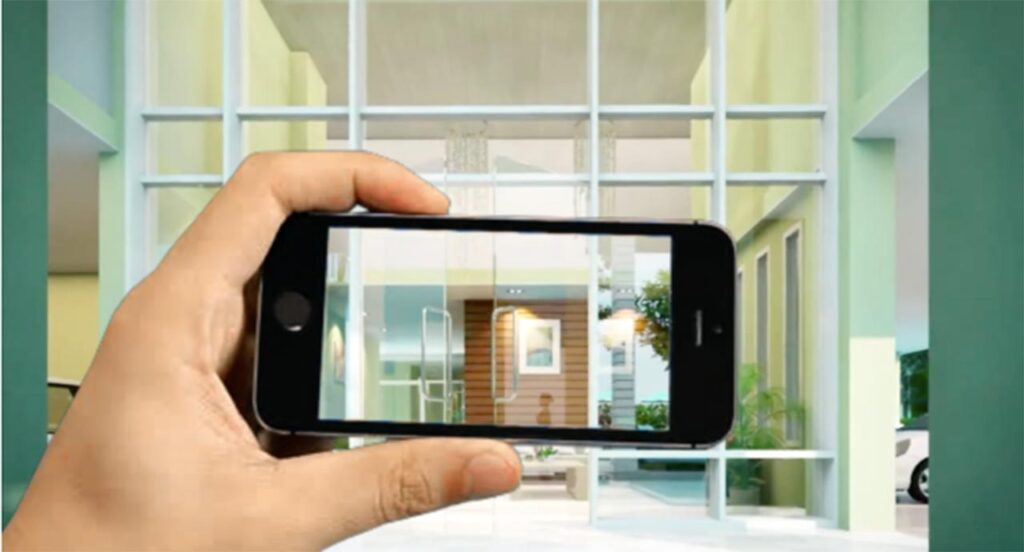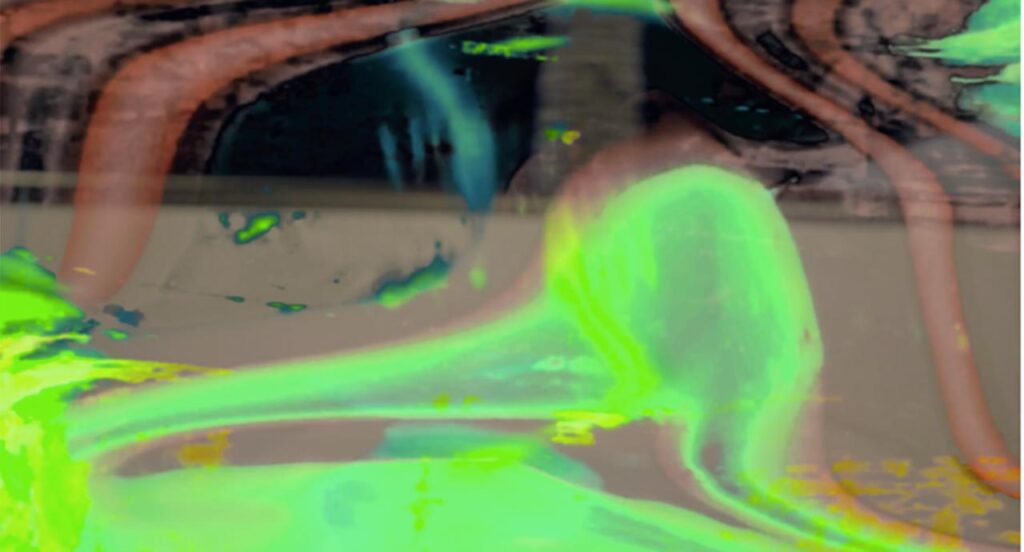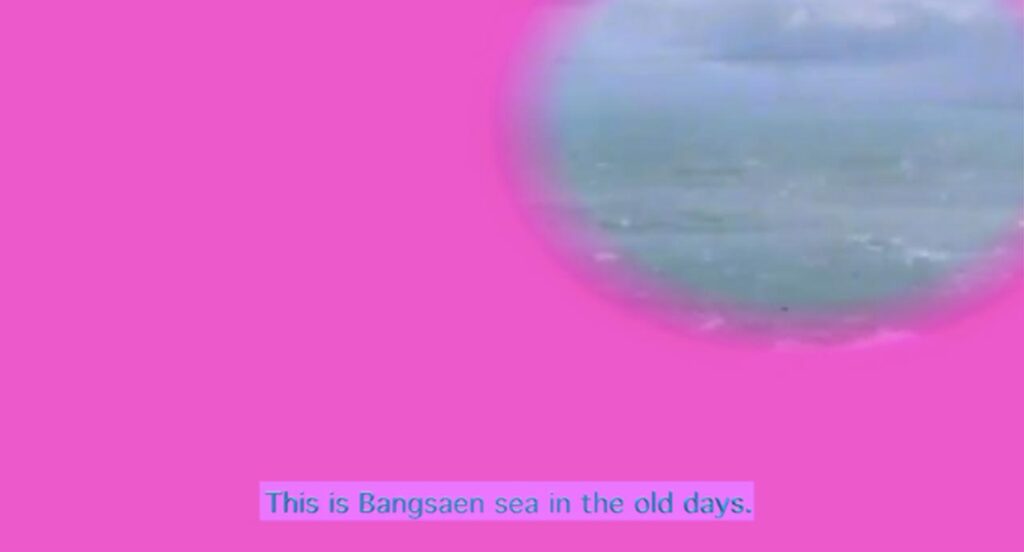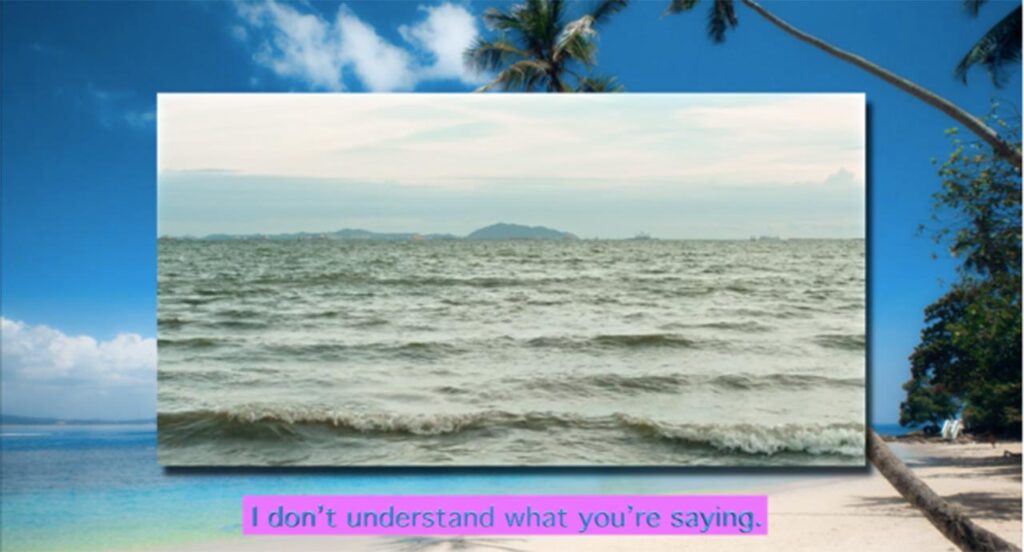a video with a D I F F E R E N T view
Mention the Southeast Asian Short Film Competition to any of this year’s Youth Jury members and for many of us, A Room with a Coconut View will be among the first to come to mind. To use a cliché, it is a rose among the thorns, or a video among films (director Tulapop Saenjaroen coined the short a video rather than a film). More fittingly, Room is a refreshing coconut in a basket of bittersweet pomelos (which is not a knock on the quality of the other shorts), providing a jolt of energy in an oftentimes solemn lineup. Many traits help distinguish Room from the pack, including its narrative structure and subject-matter. However, rooted in desktop cinema and drenched in vapourwave aesthetics, its most notable quality could very well be its distinct visual language.

Desktop films are stories told predominantly through a computer screen using various apps and programs. As a new genre by itself, its most notable examples include a 2013 short, Noah, an episode of popular American sitcom Modern Family and 2018’s Searching. Unfriended, a 2014 feature film, has probably garnered the most mainstream success, with its sequel released earlier this year. As digital technology becomes an inseparable part of our lives, the way we view films has also moved away from the big to the small screens. Instead of resisting the shift in moviegoing experience, filmmakers are bringing these digital technologies into the world of cinema instead, using it as a means to unfold its narratives in thoroughly modern ways.

Room is not quite a desktop movie in the same style as the aforementioned examples in the genre. Rather than using computer or smartphone screens to tell its story, the short takes place through a hotel software instead, which acts as a virtual tour guide for foreign guests. Although the technology is hardly explained to the audience, we can assume that what unfolds in the first half of the video is shown through the perspective of Alex, a tourist using the hotel-provided device. The software houses an automated voice by the name of Kanya (think Siri, but more in-your-face), who starts introducing Alex to the facilities in the hotel, as well as the nearby beach in Saenjaroen’s hometown of Bang Saen. We see the visual tour play out repetitively until Alex starts questioning Kanya beyond her initial script, where things start to go off the rails.
Rather than strictly confining its narrative within realistic usage of the medium, a common focus of Room is the desire to escape from the constraints of the frame. This can be seen both narratively and visually, the latter helping to reinforce the themes brought about by the former. Alex even mentions “the paradox that an image can only show what is in the frame but can never show what is in the frame only.” He expresses his wish to explore the town outside the “frame” that Kanya can only show him, eventually leading to his decision to ditch the tour and explore the town for himself.

Visually, the medium starts to make increasingly less sense as Alex wanders further off-course. We witness everything from an educational video about waves, footage of a man on a water slide and a biopic, to more hallucinatory images featuring colourful lights reminiscent of the Star Gate sequence in 2001: A Space Odyssey. Even when Kanya is switched off in the second half of the video, we remain in the style of the hotel device. Unlike its predecessors in the genre, the video does not stick to the intuitive rules of its chosen software, challenging the strict perimeters of what we come to expect. Similar to Alex trying to go against common tourist behaviour when exploring outside the attractions fed to him by Kanya, Saenjaroen breaks the “rules” of the medium and takes it into unrealistic territory. By adopting the genre and transcending its conventions, this allows audiences to enter into the mind of Alex as we navigate both the technology and his experiences almost like it’s first-hand.

Room is also sprinkled with elements of vapourwave in its visual design. Known mainly as a musical genre or simply brushed off as an internet meme, vapourwave can actually be considered more than that. It is an entire subculture and its visual language, or as purveyors of the movement like to call it, aesthetic (stylised A E S T H E T I C), plays as big a part in its creation. Emerging in the early 2010s, vapourwave came about as a satire on consumerism, popular culture and nostalgia, issues and trends that are still very much part of the zeitgeist today.

Some of its elements, which include glitch art, tropical imagery, 3D objects, symbols of consumerism, automated voices, elevator music and the overwhelming use of bright colours, are very much present in the video. Room is a satirical take on mass tourism and Southeast Asia’s positioning as a popular tourist destination. The aesthetics of vapourwave as part of its visual language then plays a big role in not just its look, but also its themes, complementing the desktop genre as symbols of consumerism. The ironic nature of vapourwave also brings to the video a certain millennial humour that helps elevate it from pure commentary to an entertaining piece of work.
It would also be interesting to ponder whether the vapourwave aesthetic can usher a new wave in the cinematic language or is just the latest fad in today’s popular culture, like mere vapour in the air. Vapourwave, as a niche subculture popular among irony-loving millennials riding on the nostalgia trend, has not quite conquered the mass consciousness. Mention vapourwave to your parents and chances are, they would have little to no clue about what it is. However, it is fascinating to see many of its fans already declaring the movement dead, its popularity already outgrowing the very nature of the movement. As a parody of capitalism, the possibility of attaining mass appeal would invalidate its very purpose. Vapourwave has to remain a niche for it to develop and grow, which is quite an irony in itself. In that case, in order for vapourwave to take hold in film language and for it to be more than mere aesthetics, it may have to remain an underground movement, seen prevalently in more obscure or experimental pieces of cinema.
Then again, to quote Alex, despite these interpretations, they “may have nothing to do with me or you directly, only weak links can be made”. As Tessa, another automated voice in the video warns us, we should “not try to force so much rationality on what’s going on”.


